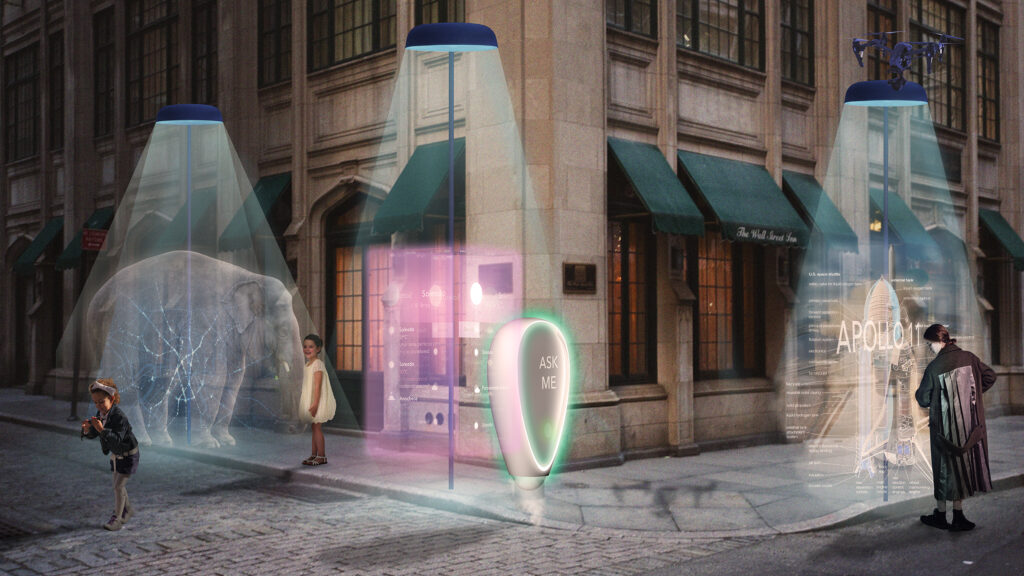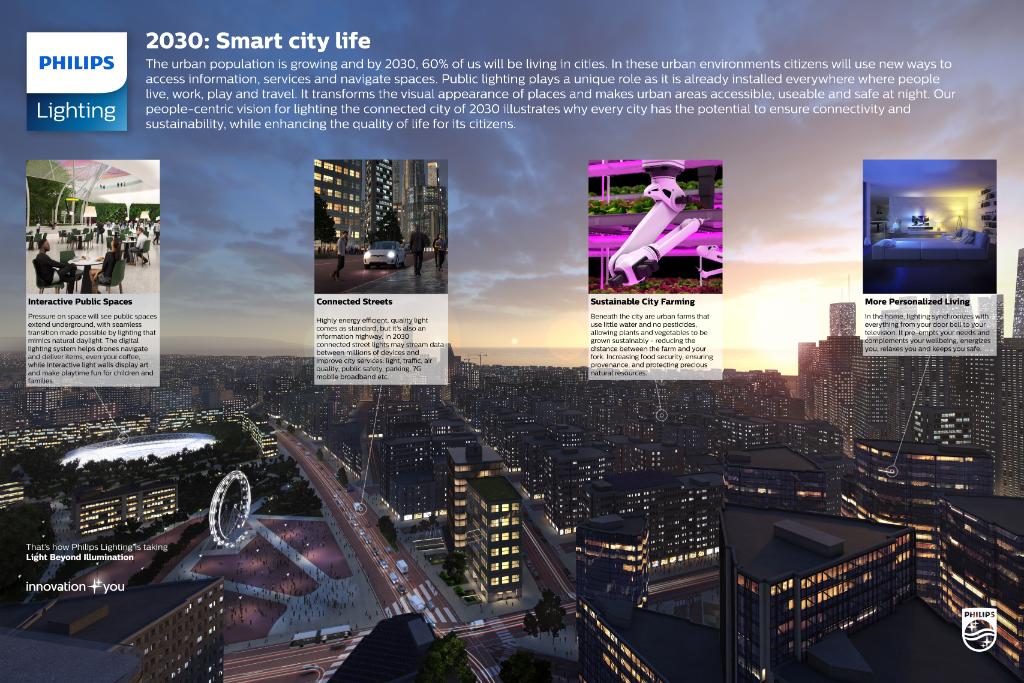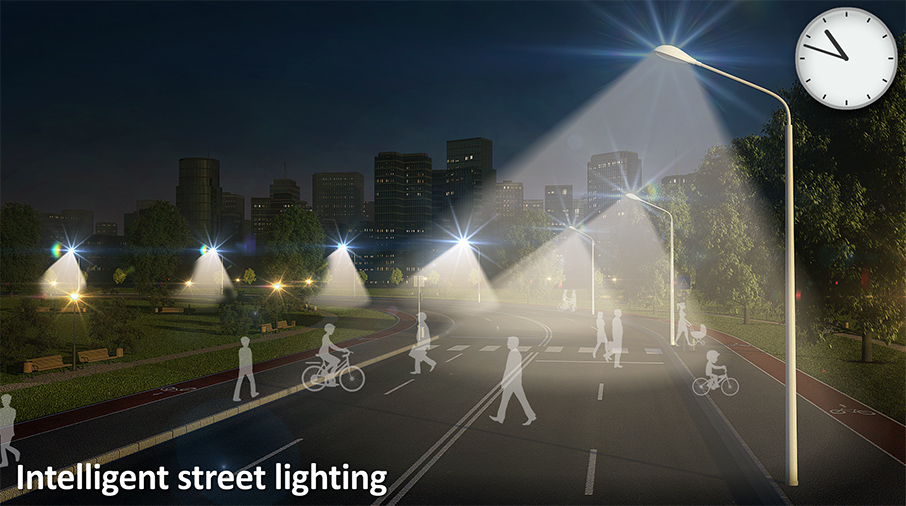Artificial light has allowed us to see in the dark for some time now. We can now light up the houses where we live, our workspace, and of course the streets we pass through. This invention has made our lives easier and, as street lighting has become an essential in most of the world. Street lighting is now a staple of urban and rural infrastructure, creating a safe environment for both pedestrians and drivers, and making the use of public spaces more welcoming.
At local and municipal level, public authorities are in charge of providing street lighting. This, however, represents a major cost for the local government which can be challenging to sustain, where it is still common for municipalities to use outdated and inefficient street lighting facilities which leads to a higher energy consumption and increased maintenance costs.

- Information is essential for any city nowadays, arguably even more important than direct energy savings. Whether it’s information regarding street lighting (functionality, electrical parameters…) or the city itself (pollution sensors, for example), the city managers prefer to rely on solid data to optimize city processes and operations, sometimes leaving behind the saving and enviromental aspects
- Operation links to street lighting functionality and maintenance. Functions such as on / off / dimming are the basics of any connected lighting system. Autonomous operation, adaptive lighting and maintenance optimization can further support the cause of smart street lighting.
- Optimization is based on information, but it needs not be confused with it. Using this information to balance between need and use.
- Integration leads to synergy. Smart lighting, smart traffic, smart waste disposal, smart utilities are all good. Together, they are even better. Many companies focus on their area of expertise, but cities aim to improve the entire system, synergistically. Recent studies credit smart systems that are open to integrations to lead the Smart City revolution.

In conclusion, the interaction between the use of a public street with it’s lighting can improve substantially the capacity of a city to save energy. Thanks to sensors and different information receivers, being able to adopt the capacity to regulate the artificial lighting used in public places, would contribute to a major society change, towards a better and more sustainable and environmentally friendly society.

